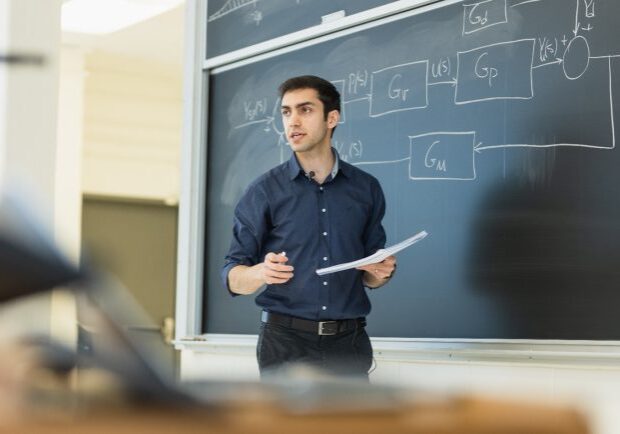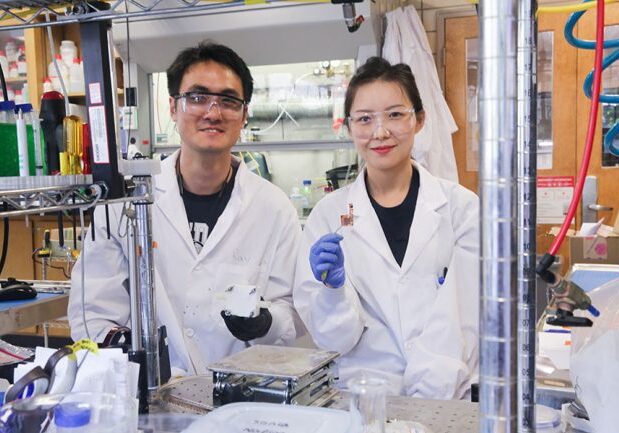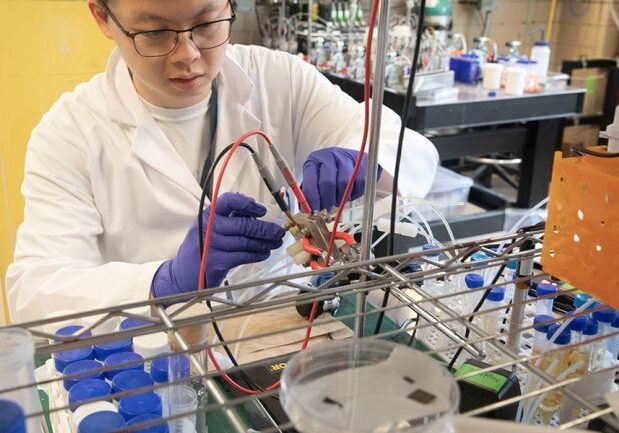
ISTEP hosts environmental design challenge motivating students to create impactful sustainable solutions
The 2024 Clarke Prize Environmental Design Challenge was two-day hackathon held at the end of January
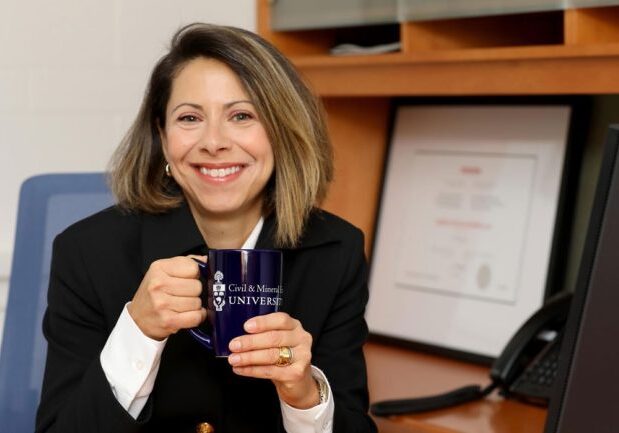
The Road to Net Zero: New federal funding boosts research on how shifts in transportation infrastructure impact emissions, public health and equity
Professor Marianne Hatzopoulou (CivMin) leads research collaboration that focuses on the social, environmental and economic outcomes of infrastructure investments
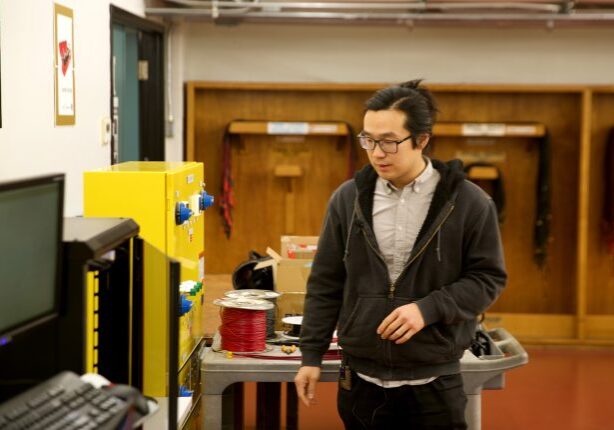
ECE electric vehicle systems course a first for the University of Toronto
Graduate-level course, developed by faculty, UTEV researchers and ECE undergrad lab managers, prepares students to meet anticipated industry demand
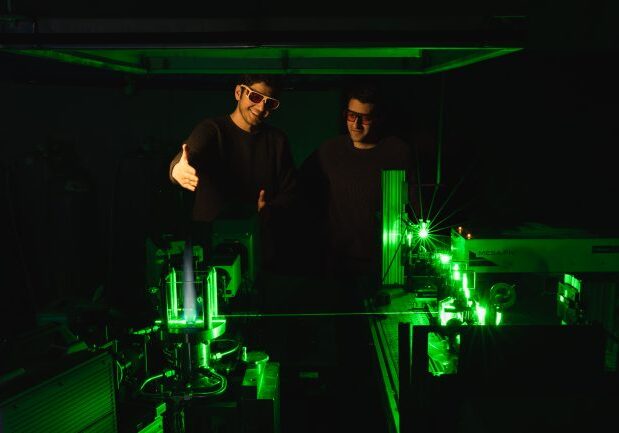
U of T Engineering researchers partner with Siemens Energy to tackle sustainable energy production
Professor Swetaprovo Chaudhuri (UTIAS) is researching how to build a novel, fuel-flex gas turbine engine to harness hydrogen-based power

U of T Engineering student pitches green hydrogen startup at international competition in Berlin
Ambrish Kumar (MSE MEng candidate), who developed his startup at The Entrepreneurship Hatchery, won Falling Walls Lab Toronto
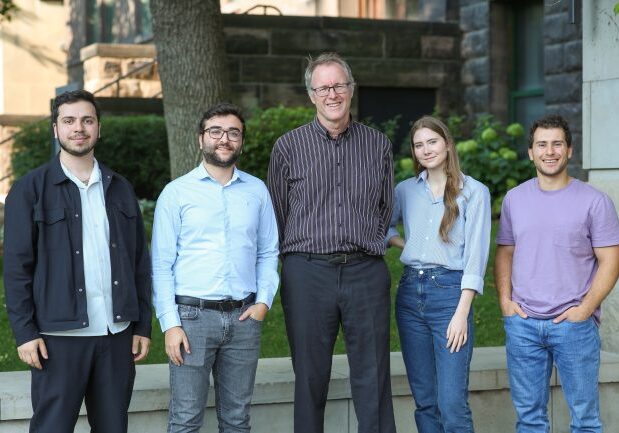
U of T Engineering professor leads new global collaboration to advance net-zero hydrogen economy
Professor Murray Thomson (MIE) is the national and methane pyrolysis lead for the Global Hydrogen Production Technologies Centre

